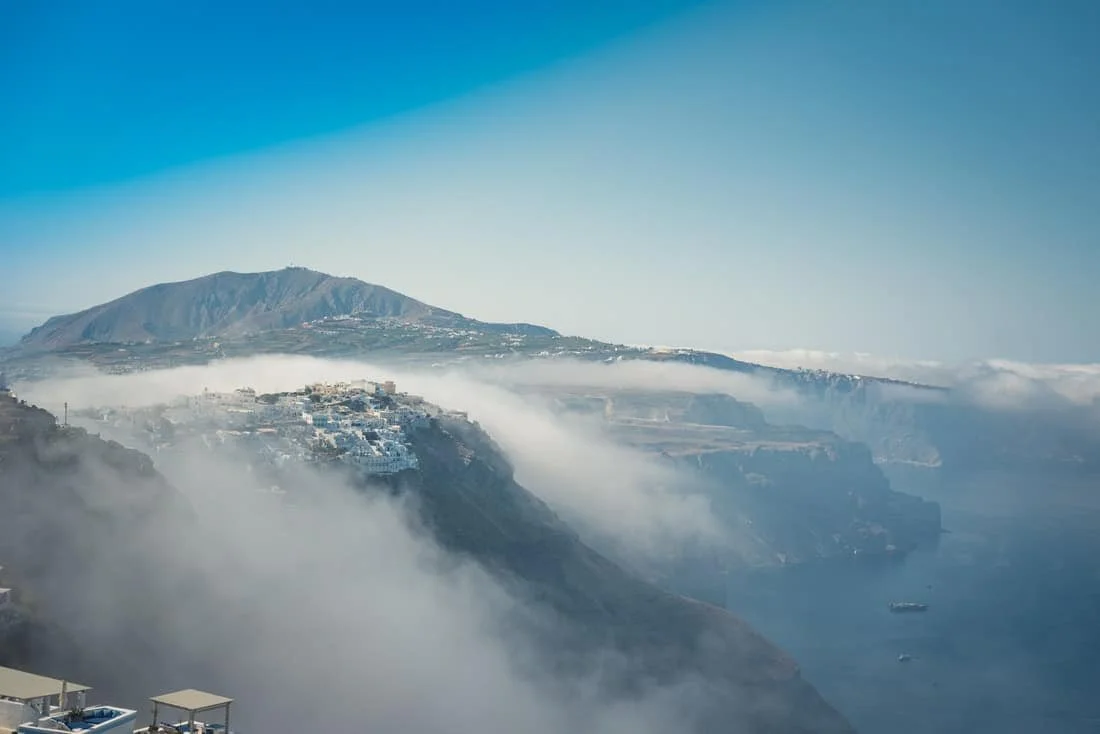While the Iliad and the Odyssey stand out as the ancient pillars of epic literature from the Western culture, there is complex historicity when it comes to their authorship.
Roman bust of Homer from the second century AD, portrayed with traditional iconography, based on a Greek original dating to the Hellenistic period
In essence, while it may seem controversial, Homer is a semi-legendary character, with oral traditions and romanticism possibly playing their part alongside real life personalities, thus resulting in a refined concoction of fable and history. In any case, beyond the question of single authorship or a string of contributions, most historians believe that the epic poems of the Iliad and the Odyssey were composed some time around the late 8th or early 7th century BC.
And during this epoch, writing was not really familiar to most Greeks – and thus the epic poems were recited and sung for the audiences in selected venues like courts of the renowned leaders and during festivals. According to the University of Cincinnati –
A poet could actually improvise a tale in the six-beat rhythm of Greek verse if he knew the plot of his story, the themes and characters, and had descriptive formulas in mind such as “the wine dark sea” or “Hector, breaker of horses.
And now, Georg Danek of the University of Vienna and Stefan Hagel of the Austrian Academy of Sciences, have painstakingly reconstructed excerpts from the Odyssey, thus presenting to us a rough notion of how the poems sounded when sung in original ancient Greek. According to the duo –
In the course of the last years, we have developed a technique of singing the Homeric epics, which is appropriate for the primarily oral tradition from which these poems emerge.
This particular excerpt is the recreation of the lines 267-366 of book 8 of the Odyssey, in which Demodocus sings about the love of Ares and Aphrodite. And it should be noted that like most historical reconstructions, the melody shouldn’t be comprehended as a ‘precise’ recreation of its ancient counterpart. In any case, even when it came to the scope of ancient Greek recitation, the bards often improvised their texts and altered them in the various performances, while being accompanied by musical instruments like the phorminx, a four-stringed lyre-like craft. To that end, one can actually go through the various musicological theories and linguistic evidences that have rather aided these experts in their fascinating reconstruction.
And lastly, when tying up historicity with the Iliad and the Odyssey, one should also focus on the content of the literature, beyond just the author. In that regard, while the popular historical sentiment hints at how Homer was actually talking about the Mycenaeans (the Bronze Age predecessors to the Hellenic Greeks), much of the Trojan War is set in a date that only tentatively corresponds to Mycenaeans. To that end, rather than a historical exposition of how Mycenaeans fought and behaved, the epic poems could be viewed more as a compilation of folkloric traditions that were passed down through generations from around 9th-8th century BC (three centuries after the passing of the Mycenaeans).
Now of course, given such ‘folkloric’ credentials, it doesn’t mean that Homeric works are completely devoid of actual historical scenarios. But alongside the oral traditions, many of the storytellers also invented their own mythical stuff that were ultimately added on to the epic works. And in an odd twist of fate, it was the romanticism of Homer’s literary achievements that ultimately drew archaeologists to the previously ‘unknown’ Mycenaeans. That is because in late 19th century, it was Heinrich Schliemann, a German businessman, who wanted to prove to the world the actual existence of the Trojan War heroes. He came upon an ancient Bronze Age tomb with a myriad of grave goods, including gold, silver, ivory and ceramic artifacts (including the famed golden ‘Mask of Agamemnon’ – pictured in the featured image).
Artist’s depiction of ancient Mycenaean warriors.
Source: Realm Of History





![Santorini: The Deadly 7.3-Magnitude Earthquake of 1956 [Images & Videos]](https://images.squarespace-cdn.com/content/v1/57125c2c2b8dde54a34b537f/1738696218342-SFG1UJE42JZ2X0XG2ZTO/4a1a7d60-5c9d-4c89-8802-dd943f0b1a0f.jpg)




